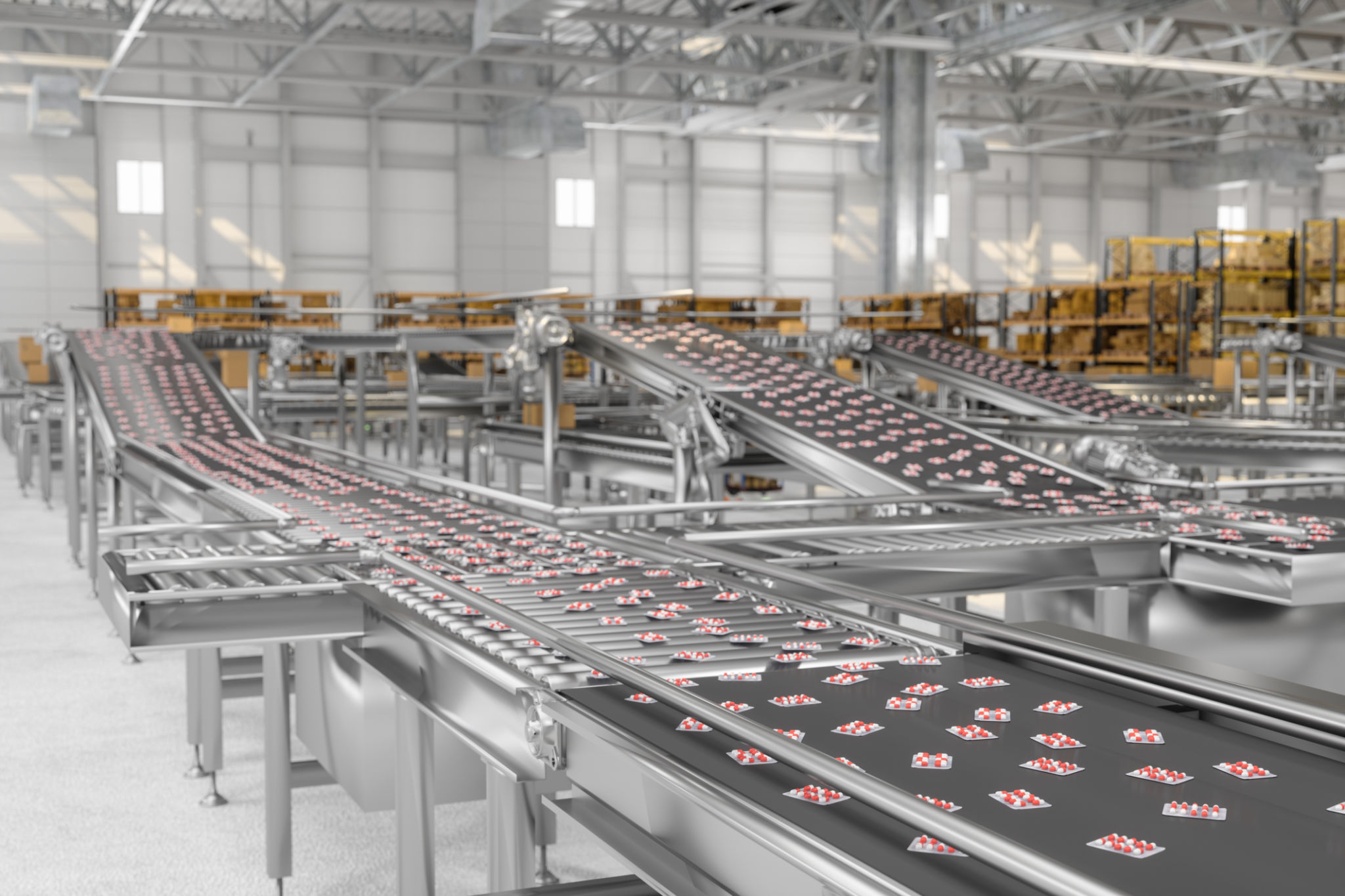Preparing for Seasonal Food Manufacturing: Leveraging HPP Systems for Peak Efficiency
Introduction to Seasonal Food Manufacturing
As the seasons change, so do consumer demands, prompting food manufacturers to adapt their operations to meet the surge in seasonal product requests. This period is crucial for businesses looking to leverage the unique flavors and ingredients that each season brings. Efficient manufacturing processes are essential to keep up with demand while maintaining high product quality.

The Role of High-Pressure Processing (HPP) Systems
High-Pressure Processing (HPP) systems have revolutionized the food manufacturing industry by offering a method to extend the shelf life of products without chemical preservatives. This is particularly beneficial during peak seasonal production when maintaining quality and safety standards is paramount. HPP systems use cold water and high pressure to eliminate pathogens and bacteria, ensuring that food remains fresh and safe for consumption.
Implementing HPP systems in your manufacturing process can have several advantages, including preserving the nutritional quality and flavor of your products. This technology allows manufacturers to meet consumer demand for fresh, clean-label products, which is increasingly important in today's market.
Planning for Increased Production
Preparing for seasonal production peaks involves meticulous planning and resource allocation. Identifying which products will see increased demand and ensuring that supplies are readily available can prevent delays and bottlenecks in production. Manufacturers should evaluate their current capacity and make necessary adjustments, such as scheduling additional shifts or investing in new equipment, to handle increased volumes.

Integrating HPP systems can help streamline production by reducing the time needed for traditional pasteurization methods, allowing for faster turnaround times. This efficiency ensures that products reach the market quickly, minimizing the gap between production and consumption.
Maintaining Quality and Safety Standards
During peak production periods, maintaining quality and safety standards is critical. HPP systems are an effective solution to ensure that these standards are consistently met. By utilizing high pressure instead of heat, HPP helps preserve the taste and texture of food products while eliminating harmful microorganisms.
Incorporating this technology into your manufacturing process not only enhances product safety but also aligns with consumer preferences for minimally processed foods. This can be a significant competitive advantage in a crowded market.

Training and Workforce Management
Ensuring that your workforce is well-prepared for seasonal changes is another critical aspect of efficient food manufacturing. Training employees on the operation and maintenance of HPP systems can lead to smoother transitions during peak periods. Educating staff about the benefits and functionalities of these systems will empower them to work more effectively and confidently.
Additionally, implementing a robust workforce management strategy can help in scaling operations up or down as needed, optimizing labor costs while ensuring productivity remains high.
Conclusion
Preparing for seasonal food manufacturing requires strategic planning and the adoption of advanced technologies like HPP systems. By leveraging these tools, manufacturers can enhance efficiency, maintain quality, and meet consumer demands more effectively. As the food industry continues to evolve, embracing innovations such as HPP will be key to staying competitive and successful during peak seasons.